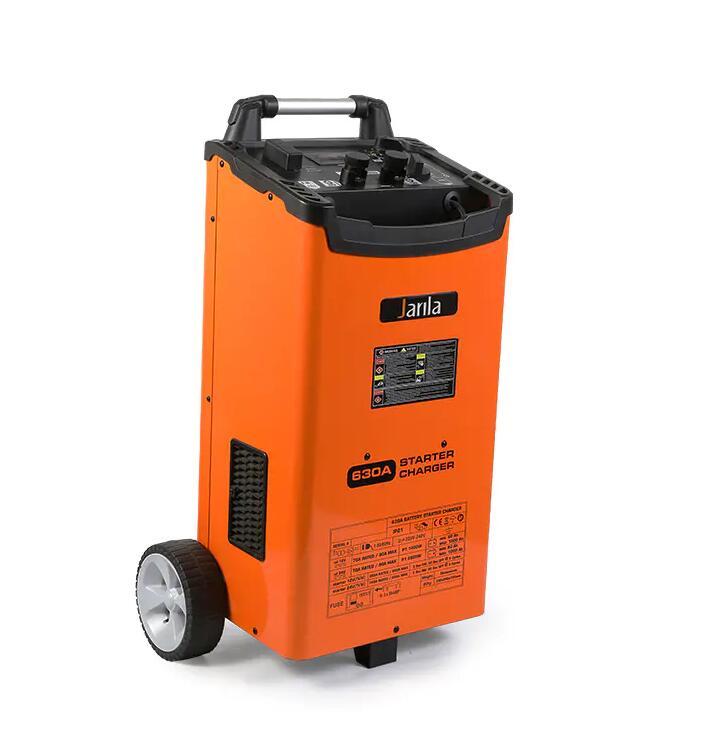Auto battery chargers are indispensable tools for maintaining and charging automotive batteries. However, to ensure safe and efficient charging, it is crucial for these chargers to incorporate robust safety features that prevent overcharging and protect against short circuits.
(1)Voltage Regulation and Automatic Shut-Off:
A critical safety feature of an auto battery charger is voltage regulation. It ensures that the charger provides a controlled and appropriate charging voltage to the battery. Once the battery reaches its optimal charge level, the charger should have an automatic shut-off mechanism to prevent overcharging. This feature protects the battery from excessive voltage, which can lead to electrolyte loss, thermal runaway, and even explosion.
(2)Reverse Polarity Protection:
Reverse polarity protection is vital to prevent accidental damage caused by incorrectly connecting the charger to the battery terminals. A good auto battery charger should have built-in safeguards, such as reverse polarity detection and warning indicators, to prevent charging if the battery connections are reversed. This feature helps avoid potential short circuits and protects the charger, the battery, and the user.
(3)Short Circuit Protection:
Short circuits can occur due to damaged cables, faulty connections, or other electrical faults. An auto battery charger should incorporate short circuit protection to detect and respond to such events. This feature typically includes circuit breakers, fuses, or electronic protection mechanisms that automatically interrupt the charging process if a short circuit is detected. It prevents excessive current flow, and potential damage to the battery, and reduces the risk of fire hazards.
(4)Overload and Overcurrent Protection:
To prevent overloading the charger or the battery, it is essential for the charger to have overload and overcurrent protection. These features detect and limit excessive current flow, protecting the charger's internal components and the battery from damage. Overload and overcurrent protection mechanisms may include sensors, circuit breakers, or self-resetting fuses that interrupt the charging process when the current exceeds safe limits.
(5)Temperature Monitoring and Thermal Protection:
Charging a battery generates heat, and excessive heat can degrade the battery or pose a safety risk. Auto battery chargers equipped with temperature monitoring and thermal protection features help mitigate these risks. Temperature sensors continuously monitor the battery and charger temperature, and if it exceeds safe thresholds, the charger adjusts the charging rate or initiates a cooling cycle to prevent overheating.
(6)Spark-Proof Clamps and Connections:
When connecting the charger to the battery terminals, sparks can occur, which may lead to explosions or damage to sensitive electronics. High-quality auto battery chargers incorporate spark-proof clamps and connections that minimize or eliminate sparking during the connection process. These spark-proof features enhance safety and protect against potential accidents.
When it comes to auto battery chargers, safety is paramount. Incorporating the right safety features ensures that the charging process is reliable, efficient, and free from potential risks.
